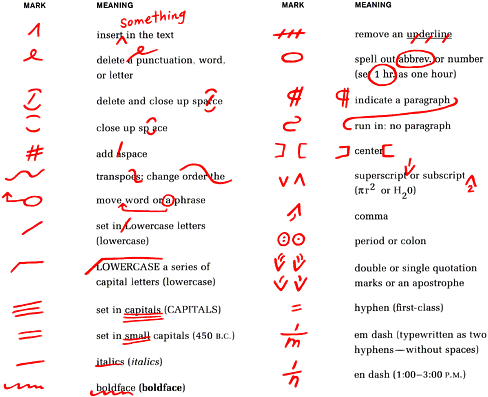
Results are a preliminary list of Italian manuscripts in the library's Special Collections holdings. To find facsimiles of manuscripts you can follow the same steps by entering " facsimiles" as the subject instead (although this may not be an option in all library catalogs). If you already know the title of the manuscript you are searching for, limit the search results by using the keywords " archives/manuscripts" (UChicago catalog) or " archival materials" (Worldcat) and changing the search field to subject. There are a few options for searching for manuscripts in online catalogs in libraries such as the University of Chicago Library, or databases like WorldCat.īegin by finding the advanced search window.
#Old manuscript mark skin#
Vellum: Prepared animal skin or membrane used as a material for writing. Verso: Left-hand or back page of a hand-written or printed loose-leaf paper bound in a codex, pamphlet, broadsheet, or book. Shelf Mark: N otation such as numbers and letters on a book showing its place in a library. Scroll: A roll of paper, parchment, or papyrus containing writing. Rubrication: Medieval manuscript technique designed to create emphasis in text with the addition of read headings. Recto: Right-hand or front page of a hand-written or printed loose-leaf paper bound in a codex, pamphlet, broadsheet, or book. Paleography: The study of ancient and historical handwriting, including deciphering, reading, and dating historical texts. Index/Manicule: Symbol, often of a hand, directing the reader's attention to a section of text. Incipit: Opening words of a text, manuscript, early printed book, or chanted liturgical text. Illuminated Manuscript: Manuscript enriched with images, including pictures, embossed initial letters, or full-page images. Historiated Initials: An initial or enlarged letter at the beginning of a paragraph or section of text that contains a picture. For about ten years after decimalisation, the term 'New Pence' was used to distinguish newly-minted coins from the old pennies.Codex: Book constructed of a number of sheets of paper, or similar materials, typically reserved for manuscripts.īook of Hours: Devotional text often enriched with images and intended for private use.įacsimile: An exact copy of written or printed material.įolio: General term for a page, sheet, or leaf of paper, especially in manuscripts.

The shilling and two-shilling coins - used for 5p and 10p - were brought out of circulation in 19 respectively. The sixpence piece - now worth 2½ p - was abolished in 1980. The old currency was therefore worth the following decimal amounts: Old currencyįor many years, some of the old pre-decimal coins continued to be used to represent their decimal equivalents. The decimal system of currency divides one pound (£) into 100 pence (p). This was never a physical amount of money represented by a coin, but was a common amount used for accounting purposes.īritain changed its currency on 15th February 1971. One pound and one shilling (21 shillings), or 'guinea'Ī 'mark' was worth two-thirds of a pound, or 13s 4d. One pound, or 'sovereign', commonly called a 'quid' This coin was in circulation until 1662, and was revived briefly in the mid-nineteenth century The word was often pronounced 'thrupny', or 'thruppence' The coin was sometimes referred to as a 'threepenny bit'. The word often appears in print as 'ha'penny' Up to the seventeenth century, it was common for monetary amounts to be written out using lower case Roman numerals: In the second example, the dash represents no pennies: Shillings on their own could be written as follows. Shillings and pence could be written as follows:
#Old manuscript mark full#
There were various ways in which monetary amounts were written out.Īmounts in full pounds, shillings and pence could be written in many different ways, and with or without the final 'd': The word 'farthing' is an old English word meaning 'a fourth-thing'. The abbreviation 'ob' was used for halfpennies.įarthings were abbreviated to 'qua', short for 'quandrans', or a quarter of a penny.

This is because the Latin word for this coin was 'denarius'.Ī still smaller Roman coin was an 'obulus'. Pennies were, confusingly, abbreviated to 'd'. The 's' stands for 'sesterius' or 'solidos', coins used by the Romans. Shillings were usually abbreviated to 's'.

The £ sign developed from a very elaborate capital 'L'. Both come from the Latin word 'libra', meaning 'pound'. The sign for a pound was either the abbreviation 'li', or the £ sign.


 0 kommentar(er)
0 kommentar(er)
